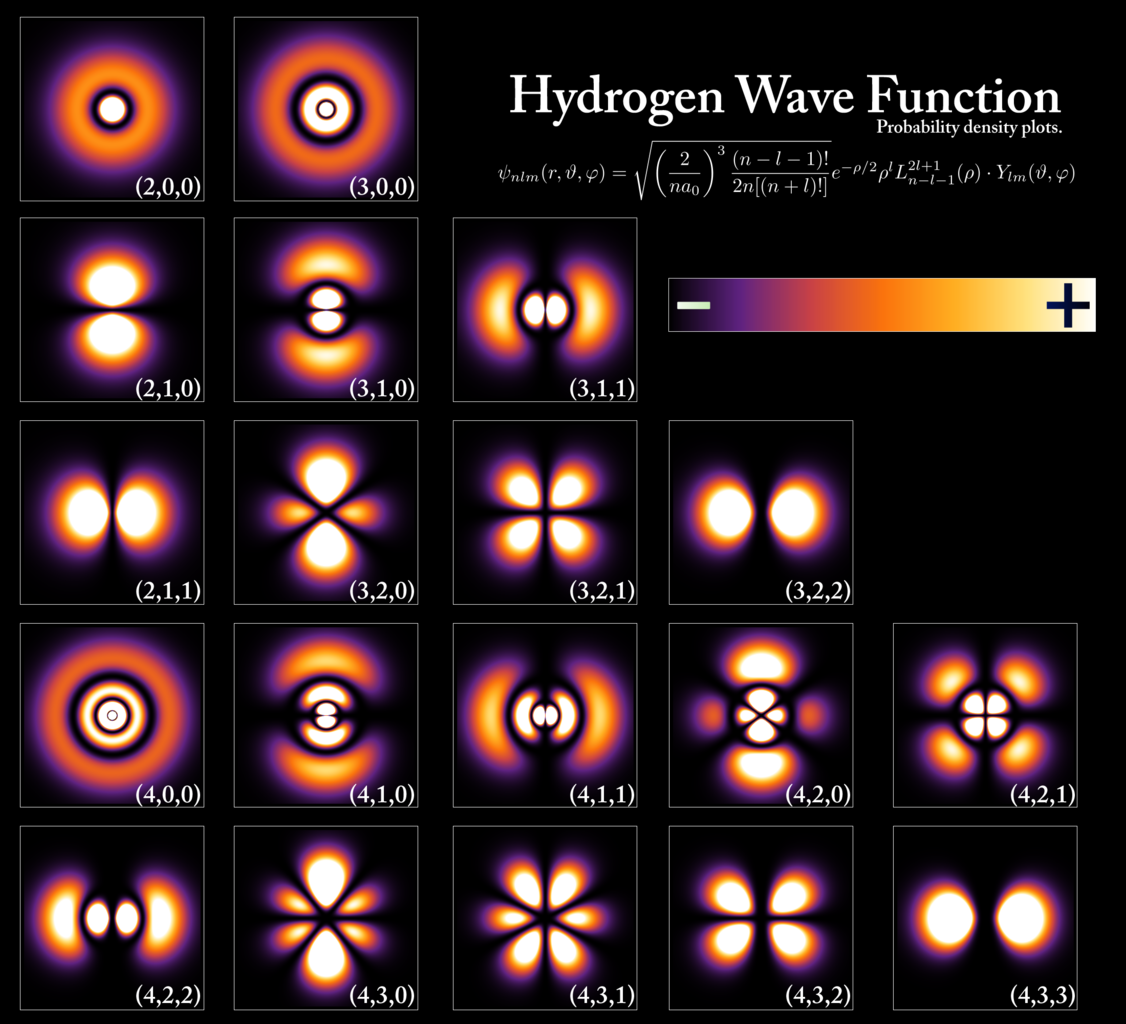
Researchers from the Weizmann Institute of Science have developed a new type of microscope that can create new quantum materials and see into the most fundamental nature of electrons. The study was reported in the journal Nature.
The microscope, called the quantum twisting microscope (QTM), involves twisting two atomically thin layers of material with respect to one another. This process allows scientists to study the behavior of electrons within a material, which is important for developing electronic materials with new functionalities.
The QTM was originally designed to solve the problem of controlling the twist angle, which is the most critical parameter for controlling the behavior of electrons in layered, sandwich-like structures. However, the researchers discovered that the tool could also be used as a powerful microscope, capable of directly visualizing the quantum electronic waves that had previously been difficult to measure.
The QTM also acts as a powerful microscope that can see quantum electronic waves in a way that was previously unimaginable. It replaces the tip of a scanning tunneling microscope with a tip that contains a flat layer of a quantum material. When this layer is brought into contact with the surface of the sample of interest, it forms a two-dimensional interface across which electrons can tunnel at many different locations.
The researchers discovered that the QTM can visualize quantum electronic waves directly, allowing them to unravel the quantum dances they perform inside the material. The QTM allows scientists to map how the electronic wave function depends on momentum, similarly to the way lateral translations of the tip enable the mapping of its dependence on position.
The researchers have already applied their microscope to studying the properties of several key quantum materials at room temperature and are now gearing up toward doing new experiments at temperatures of a few kelvins, where some of the most exciting quantum mechanical effects are known to take place.
This new microscope provides researchers with access to a new range of quantum interfaces and allows for the discovery of quantum phenomena within them.
Overall, the QTM provides researchers with access to an unprecedented spectrum of new quantum interfaces, as well as new “eyes” for discovering quantum phenomena within them. By exploring the quantum world more deeply, this tool could reveal fundamental truths about nature and have a tremendous impact on emerging technologies in the future.
Image Credits
In-Article Image Credits
Wavefunctions of the electron in a hydrogen atom at different energy levels via Wikimedia Commons with usage type - Public Domain. August 17, 2008Featured Image Credit
Wavefunctions of the electron in a hydrogen atom at different energy levels via Wikimedia Commons with usage type - Public Domain. August 17, 2008








